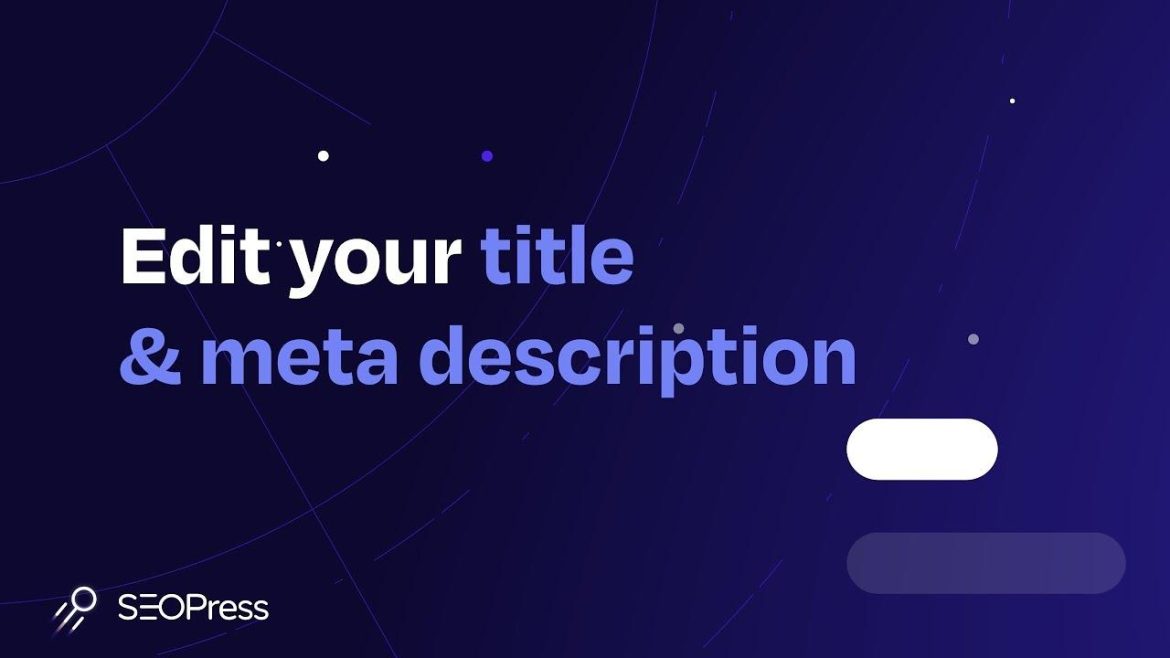In an age where technology intertwines seamlessly with our daily lives, the way we consume literature has transformed dramatically. E-book readers, once considered a novel curiosity, have now emerged as a staple for avid readers and casual bookworms alike. With their sleek designs and vast digital libraries, these devices promise unparalleled convenience and accessibility, beckoning readers into a world where pages are light and stories are just a swipe away. However, as with any innovation, the shift from paper to pixels warrants a careful examination. What are the true benefits and potential drawbacks of embracing this digital format? In this article, we delve into the multifaceted landscape of e-book readers, unveiling the pros and cons that accompany this modern reading experience. Join us as we navigate the digital and the traditional, providing a balanced perspective on a question that resonates with bibliophiles everywhere: Are e-book readers a game changer for reading, or do they come with their own set of challenges?
Exploring the Convenience of E-Book Readers and Their Impact on Reading Habits
The advent of e-book readers has transformed the literary landscape, making reading more accessible and convenient than ever before. These sleek devices, offering a plethora of titles at our fingertips, empower users to carry entire libraries in their bags without the physical burden of traditional books. Among the notable benefits of e-book readers are:
- Portability: Lightweight and compact, they can fit into any backpack or purse with ease.
- Customizable Reading Experience: Users can adjust text size, background color, and brightness, allowing for a personalized reading environment.
- Integrated Vocabulary Tools: Built-in dictionaries and translation features enhance comprehension and make unfamiliar texts more accessible.
- Accessibility: E-books offer options for visually impaired readers, including text-to-speech functionality.
However, the rise of e-readers has also influenced reading habits in ways that merit consideration:
- Distractions: With notifications and apps vying for attention, maintaining focus can become challenging.
- Sensory Experience: The tactile pleasure of turning pages and the scent of paper are irreplaceable for many traditionalists.
- Dependence on Technology: Charging devices and internet access become necessary to enjoy the reading experience.
Analyzing the Limitations of Digital Reading and Recommendations for Balanced Usage
Despite the convenience and accessibility of digital reading, several limitations warrant attention. **Eye strain** is a common complaint among e-reader users, often exacerbated by prolonged screen time, leading to discomfort and decreased reading comprehension. Additionally, **digital distractions**—from notifications to the lure of browsing the internet—can hinder focus, making it harder to engage deeply with text. Furthermore, e-readers lack the **tactile experience** of traditional books, which can alter the reader’s emotional connection to the material. To mitigate these drawbacks, consider the following recommendations for balanced usage:
- Set reading time limits to protect your eyes and maintain focus.
- Choose e-readers with adjustable lighting to reduce eye strain.
- Employ reading modes that minimize distractions, such as airplane mode.
- Alternate between digital and print books to enjoy both mediums’ benefits.
To Wrap It Up
the landscape of reading has undoubtedly transformed with the advent of e-book readers, offering both enticing advantages and notable drawbacks. From the convenience of carrying an entire library in the palm of your hand to the potential for screen fatigue and loss of tactile pleasure, the choice ultimately lies in personal preference and lifestyle.
As we navigate this digital age, it’s essential to weigh these factors thoughtfully. E-book readers may not be for everyone, and physical books will always hold a special place in the hearts of many. Whether you lean towards the ease of e-readers or the nostalgic charm of traditional print, the key is to find a balance that enhances your reading experience.
As you turn the page on this discussion, consider what type of reader you want to be—a digital pioneer or a printed-page purist. Whichever path you choose, may your literary journey be rich, fulfilling, and reflective of your unique tastes. Happy reading!


